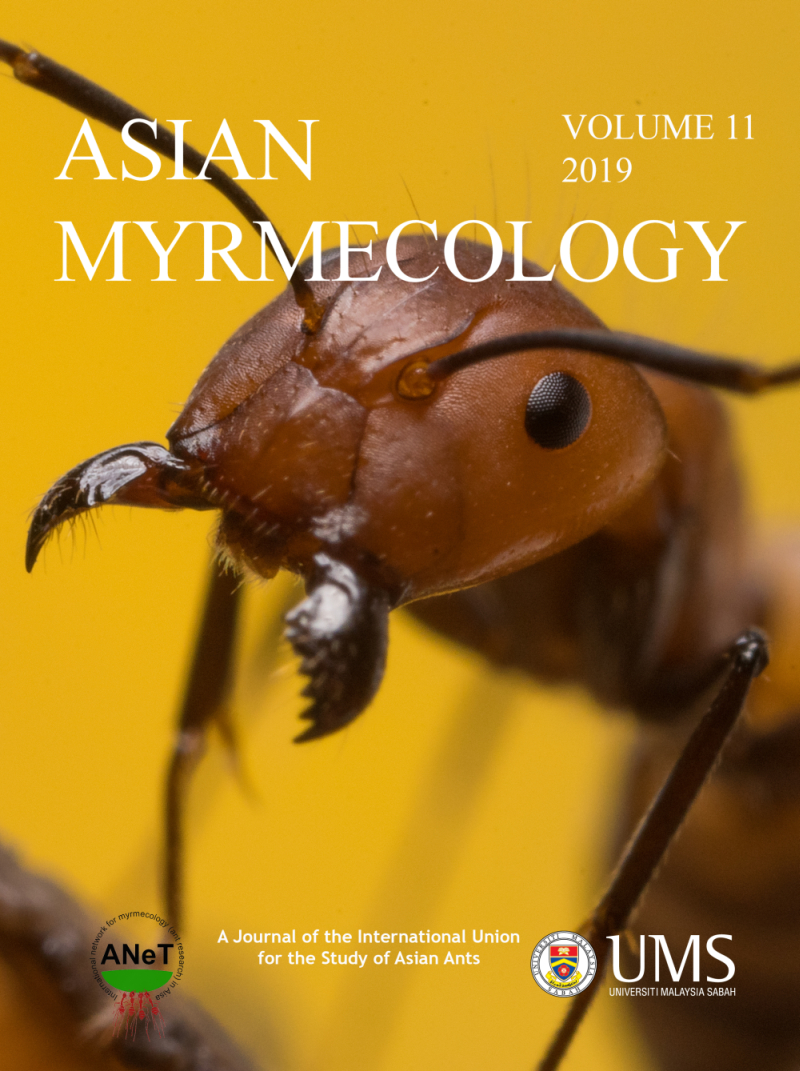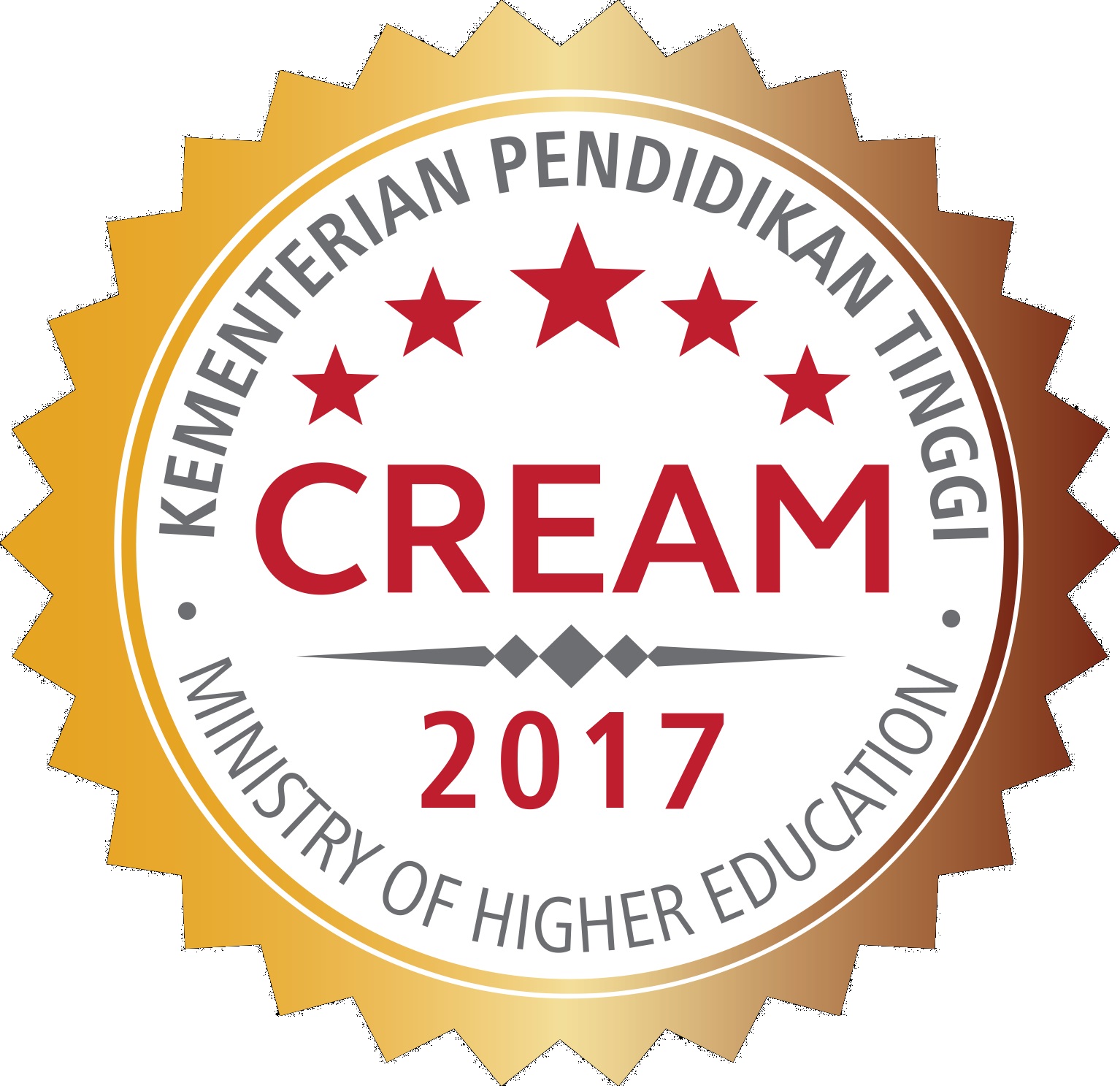ASIAN
MYRMECOLOGY
Image: François Brassard
Ecology and Distribution
Asian Myrmecology, Volume 5, pages 79-101, published March 2013
DOI: 10.20362/am.005010
Ant species richness, endemicity and functional groups, along an elevational gradient in the Himalayas
HIMENDER BHARTI1*, YASH PAUL SHARMA1, MEENAKSHI BHARTI1 & MARTIN PFEIFFER2
Abstract:
In this study we investigate variation in species density, species richness, abundance and functional-groups composition along an elevational gradient in Jammu-Kashmir Himalaya. We tested the hypotheses that (1) species richness and abundance decrease with increase in elevation with respect to temperature change, and (2) assemblage composition changes with an increase in elevation with respect to functional-group composition. We employed different sampling methods like pitfall traps, leaf-litter sifting, stick beating, soil cores, honey baits and hand picking to sample ants. Among the 144 species collected, the first two elevations (500 and 1000 m) were dominated by Indo-Malayan elements, while above 2000 m assemblages were dominated by Palaearctic elements. We observed that ant species richness increased with an initial increase in elevation, peaked at mid-elevation and thereafter decreased, thus forming a mid-elevation peak. The pattern observed could be attributed to the optimal climatic conditions present at mid-altitude. While seven functional groups of ants were collected at the lowest altitude, only three functional groups were detected at the highest altitude, namely “General Myrmicinae”, “Opportunists” and “Cold-climate Specialists”. Twenty-three percent of the recorded species are endemic to the study region, with Myrmica species dominating this group. The presence of invasive species at lower elevations indicates a high degree of disturbance in the Himalayan ecosystem.
Keywords:
ants; abundance; biological conservation, endemicity; functional groups; Himalaya; mid elevation peak; species richness; zoogeographical affinities; India
Get PDF (1480K):
1Department of Zoology and Environmental Sciences, Punjabi University, Patiala, Punjab – 147002, India
2Department of Ecology, National University of Mongolia, Ulaanbaatar, Mongolia
*Corresponding author: himenderbharti@gmail.com



